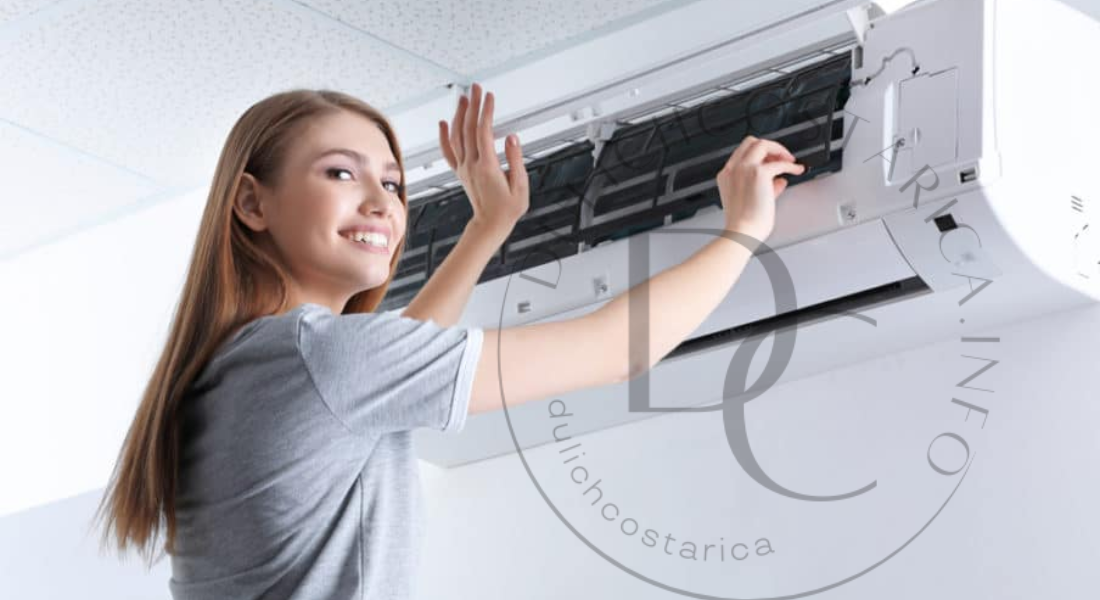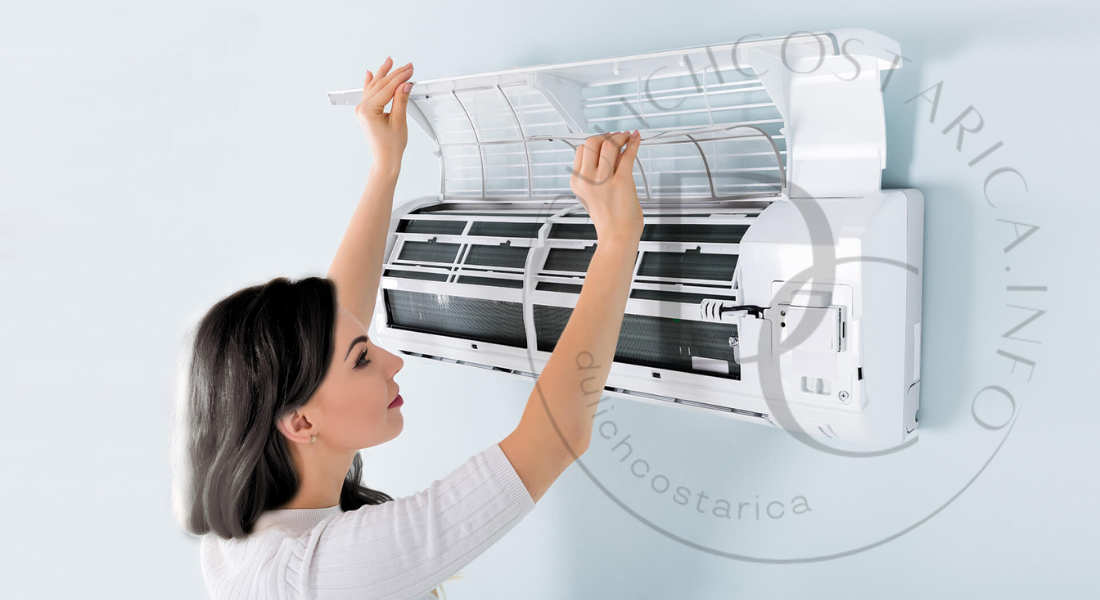Air conditioners have become indispensable in maintaining comfort, especially during hot weather. Among the most trusted names in the HVAC industry, Carrier air conditioners stand out for their reliability, energy efficiency, and innovative technology. However, like all complex appliances, Carrier air conditioners require regular maintenance and care to perform optimally. Proper upkeep can not only extend the lifespan of your AC unit but also improve its efficiency, reduce energy consumption, and prevent costly repairs.
In this article, we will walk you through the essential maintenance and care practices for Carrier air conditioners, ensuring that your system continues to deliver cooling comfort year after year. Whether you’re a seasoned HVAC owner or a new customer, these tips will help keep your Carrier AC in top condition.
Why Regular Maintenance for Carrier Air Conditioners is Crucial
Air conditioning systems, especially ones from trusted brands like Carrier, are a significant investment. Regular maintenance can help protect that investment by keeping the unit running efficiently. Carrier air conditioners are designed for durability, but neglecting their maintenance can lead to a number of issues, including:
- Reduced Efficiency: Over time, dirt, dust, and grime can accumulate on essential components like the coils and filters. This can reduce the unit’s ability to cool your home efficiently, leading to higher energy bills.
- Decreased Lifespan: Carrier air conditioners are built to last, but if not properly cared for, their lifespan can be shortened by factors like poor maintenance, blocked air filters, or refrigerant leaks.
- Potential Breakdowns: Regular maintenance helps detect small issues before they become big problems. For example, clogged filters or dirty coils can lead to compressor failure, which is one of the most expensive AC repairs.
To maximize the performance of your Carrier air conditioner, it’s essential to perform both regular maintenance tasks and seasonal check-ups.
Routine Maintenance Tasks for Carrier Air Conditioners
Whether you have a window unit, split system, or ductless Carrier air conditioner, there are several maintenance tasks that should be performed regularly. Here’s a comprehensive list of essential tasks to keep your unit running smoothly:
1. Cleaning or Replacing Air Filters
The air filter is one of the most important components of your air conditioner. It traps dust, dirt, and allergens, ensuring the air circulating through your home is clean. Over time, these filters can become clogged, making it harder for air to pass through, which can lead to decreased efficiency and poor indoor air quality.
- How often: Check your Carrier air conditioner’s air filter every 1-2 months. If it’s dirty or clogged, replace it with a new one. In areas with heavy dust or pet dander, you may need to clean or replace the filters more frequently.
- What to do: Turn off the unit and remove the filter. If the filter is washable, clean it with warm water and mild soap, allowing it to dry completely before reinserting it. If it’s a disposable filter, replace it with a new one that matches the specifications for your Carrier model.
2. Cleaning the Coils
Your Carrier air conditioner has two sets of coils: the evaporator coils inside the air handler and the condenser coils outside. Both of these coils play a crucial role in heat exchange, but they can become dirty over time, which hinders the cooling process.
- How often: The evaporator coils should be cleaned once a year, and the condenser coils should be checked and cleaned every 6-12 months.
- What to do: For the evaporator coils, remove the cover of the air handler and gently vacuum the coils using a brush attachment. For the condenser coils, turn off the power to the unit, remove any debris, and use a coil cleaner or a coil brush to remove dirt and grime from the coils. Be careful not to damage the fins on the coils.
3. Checking the Refrigerant Level
Refrigerant is the substance that absorbs heat from the air inside your home and releases it outside. If your Carrier air conditioner is low on refrigerant, it can cause the unit to work harder and reduce its cooling performance.
- How often: Refrigerant levels should be checked at least once a year, during a professional maintenance service.
- What to do: If you suspect that your Carrier air conditioner is low on refrigerant, it’s important to call a licensed HVAC technician. They can check the refrigerant levels and refill them as necessary. Low refrigerant can also indicate a leak, which should be addressed immediately to prevent further damage.
4. Clearing the Drain Line
The drain line removes excess moisture produced during the cooling process. If the drain line becomes clogged with algae, dirt, or debris, it can cause water to back up into the system, leading to potential water damage and increased humidity levels in your home.
- How often: Check the drain line every few months, or during a seasonal inspection.
- What to do: To clear the drain line, locate the drain pan under the air handler. If you see any standing water, use a wet-dry vacuum to clear the line. You can also flush the line with a mixture of water and vinegar to prevent algae buildup.
5. Inspecting the Ductwork
If your Carrier air conditioner uses ducts to circulate cool air, it’s essential to ensure that the ducts are clean and free from obstructions. Leaks or blockages in the ducts can cause your system to lose efficiency, as cool air escapes before it reaches the rooms in your home.
- How often: Inspect the ductwork annually or when you notice reduced airflow.
- What to do: Hire a professional HVAC technician to inspect and clean your ducts. They will be able to detect leaks or blockages and seal them to improve system performance.
6. Maintaining the Outdoor Unit
The outdoor unit of your Carrier air conditioner is exposed to the elements, so it’s important to keep it free from debris and ensure it operates efficiently.
- How often: Inspect the outdoor unit regularly, especially during fall or after heavy storms.
- What to do: Remove any leaves, twigs, or debris from around the outdoor unit. Trim nearby bushes or plants to ensure proper airflow. Additionally, clean the fan blades to prevent them from becoming clogged with dirt.

Seasonal Care Tips for Carrier Air Conditioners
In addition to regular maintenance tasks, Carrier air conditioners require seasonal care to ensure they operate efficiently throughout the year.
1. Spring Maintenance: Prepping for Summer
Before the hot summer months, it’s a good idea to perform a thorough inspection of your air conditioner. This includes cleaning or replacing the air filter, checking the refrigerant levels, and ensuring that the coils are clean. A professional HVAC technician should also inspect the unit to ensure it’s ready for heavy use during the summer.
2. Fall Maintenance: Preparing for the Off-Season
As temperatures cool down, it’s essential to prepare your Carrier air conditioner for the off-season. Clean the outdoor unit, remove any debris, and check the drain line for any buildup. If your system has a dehumidifier, ensure it’s properly maintained to prevent any mold or mildew growth during the colder months.
When to Call a Professional for Carrier Air Conditioners
While regular maintenance can be handled by homeowners, there are times when it’s best to call a professional HVAC technician. Some tasks, like refrigerant handling and major repairs, should only be performed by licensed experts to ensure your safety and the longevity of your Carrier air conditioner.
Professional inspections can also help detect hidden issues, such as refrigerant leaks, faulty thermostats, or damaged compressors, that might not be immediately visible to the untrained eye.
Conclusion: The Key to Long-Lasting Comfort
Maintaining your Carrier air conditioner is essential for maximizing its performance and extending its lifespan. By following these simple maintenance and care tips, you can ensure that your system continues to provide cool, clean air throughout the year while avoiding costly repairs. Whether it’s cleaning filters, checking refrigerant levels, or scheduling annual professional inspections, the effort you put into caring for your Carrier air conditioner will pay off in the form of greater efficiency, reduced energy bills, and reliable comfort in your home.
Investing time in proper maintenance not only protects your Carrier air conditioner but also helps you enjoy a consistent and comfortable living environment for years to come.
